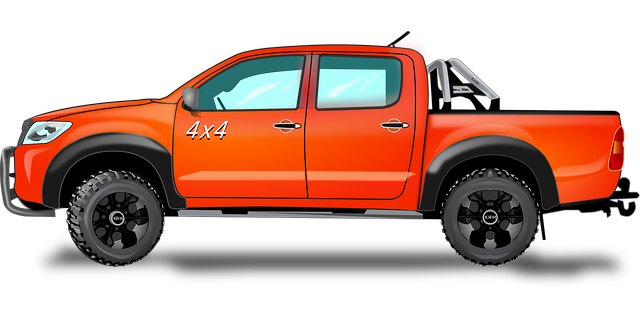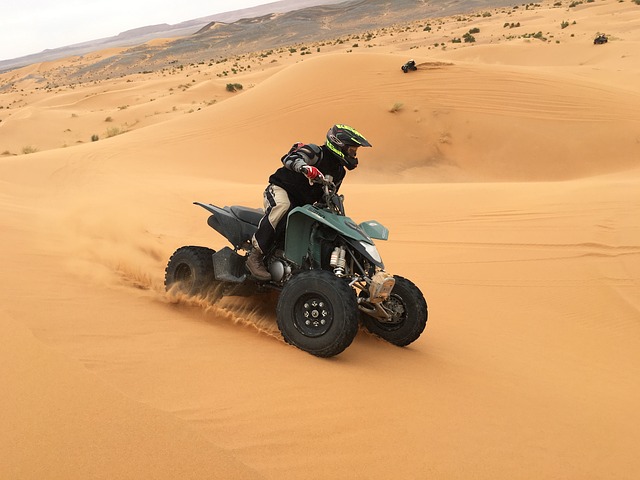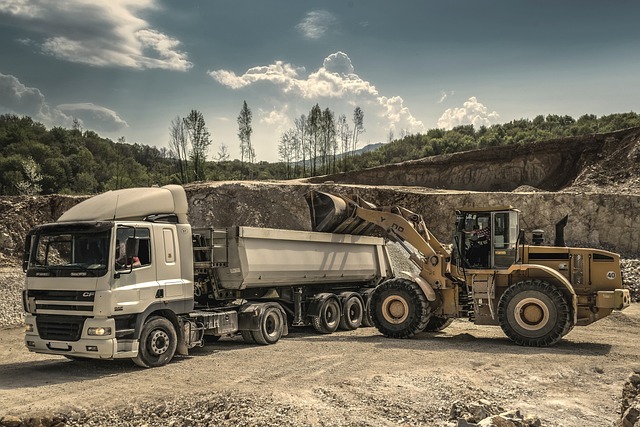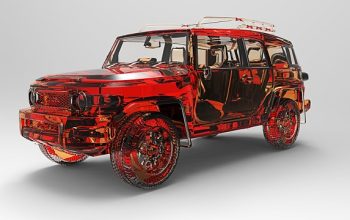Brownsville Fleet's truck winches and recovery lines are indispensable tools for safely towing and lifting heavy-duty vehicles. These robust cables/chains provide essential tension, enabling secure attachment to disabled vehicles in challenging terrains. With powerful pulling power and precise control, Brownsville fleet winches assist in extricating vehicles from mud, snow, or rocky areas, making them vital for both off-road and urban rescues. The right recovery line selection depends on operation demands, equipment capabilities, and environmental factors. Safe use requires meticulous inspection, secure attachment, clear communication, and proper training.
“Uncover the vital role of recovery lines in emergency situations with our comprehensive guide. From understanding their basic functions to exploring specialized tools like Brownsville Fleet truck winches, this article illuminates key aspects. We delve into various types, their applications, and crucial safety practices. Learn how to select the ideal recovery line for unique challenges, ensuring effective and secure operations. Discover best practices that emphasize safety, especially when employing powerful equipment like Brownsville Fleet truck winches.”
- Understanding Recovery Lines: A Basic Overview
- The Role of Brownsville Fleet Truck Winches in Recovery Operations
- Types of Recovery Lines and Their Applications
- Choosing the Right Recovery Line for Different Situations
- Safety Measures and Best Practices for Using Recovery Lines
Understanding Recovery Lines: A Basic Overview

Recovery lines, a key component in the automotive industry, particularly for heavy-duty vehicles like trucks and fleets, are robust cables or chains designed to assist in towing and lifting operations. These lines play a crucial role in ensuring safe and effective recovery of stranded or disabled vehicles, especially in challenging terrains. In the context of the Brownsville fleet, equipped with powerful truck winches, understanding the importance of high-quality recovery lines is paramount.
When a vehicle finds itself in a tricky situation, whether it’s stuck in mud, off the road, or involved in an accident, recovery lines become the lifeline for rescue teams. They provide the necessary tension and support to securely attach towing equipment to the disabled vehicle, allowing skilled operators to pull it back to safety. The strength and durability of these lines are critical factors, as they must withstand significant strain without failure, ensuring the well-being of both the vehicles and the people involved in the recovery process.
The Role of Brownsville Fleet Truck Winches in Recovery Operations

Brownsville Fleet’s truck winches play a pivotal role in recovery operations, providing invaluable assistance in situations where heavy equipment is needed to extricate vehicles or objects from challenging terrain. These powerful machines are designed to handle diverse tasks, from towing and lifting to pulling stuck vehicles out of mud, snow, or rocky areas. With their robust construction and advanced features, they ensure efficient and safe recovery processes.
The fleet’s winches are equipped with state-of-the-art technology, allowing for precise control and maximum pulling power. Their versatility makes them indispensable in various settings, from rugged off-road conditions to urban environments where narrow streets or limited space pose challenges. Brownsville Fleet’s commitment to maintaining a robust fleet of these specialized vehicles ensures that recovery teams are well-equipped to handle any emergency effectively.
Types of Recovery Lines and Their Applications

Recovery lines come in various types, each designed for specific applications and environments. One notable category is the Brownsville fleet truck winches, which are robust and versatile tools used by emergency services and towing companies. These powerful machines are equipped with advanced features like remote control operation, allowing for efficient and safe recovery of vehicles in challenging terrains. They can handle heavy loads, making them ideal for situations where traditional recovery equipment might not be sufficient.
Brownsville fleet truck winches are particularly useful in harsh conditions, such as off-road adventures or emergency roadside assistance. Their durable construction ensures longevity even in demanding circumstances. These winches often include multiple attachment points, enabling versatile recovery techniques and accommodating different vehicle types. With their advanced technology and customization options, they offer a game-changing solution for professionals in the recovery industry.
Choosing the Right Recovery Line for Different Situations

When it comes to selecting the perfect recovery line, the choice depends on various factors, especially the nature of the rescue operation and the equipment involved. For instance, a Brownsville fleet with powerful truck winches might require sturdier, high-tension lines capable of handling heavy vehicles and intense pulling forces. On the other hand, lighter towing situations could benefit from more flexible yet durable options.
Different recovery scenarios demand specific line characteristics. For rugged terrain or off-road rescues, a robust, multi-stranded line offers superior strength and longevity. In contrast, smooth urban environments might suit a low-profile, lightweight design that minimizes damage to surrounding structures. Additionally, considering the climate is vital; weather-resistant lines are ideal for coastal areas or regions with high humidity, ensuring longevity and consistent performance.
Safety Measures and Best Practices for Using Recovery Lines

Using recovery lines, such as those offered by Brownsville Fleet Truck Winches, involves critical safety considerations. Always inspect the line for any signs of wear or damage before deployment; a frayed or weakened line can lead to catastrophic failure during an emergency. Ensure proper securing of the line to both vehicles involved in the recovery operation, utilizing appropriate hardware and secure attachment points. It’s crucial to maintain clear communication between operators to avoid confusion and potential accidents.
Best practices dictate that recovery lines should be used as a last resort when other methods are ineffective or unsafe. Regular training on equipment usage and emergency procedures is essential for all personnel involved. Maintain a safe working distance and utilize personal protective equipment (PPE) such as gloves, eye protection, and sturdy footwear to mitigate risks associated with handling heavy equipment and potential hazards at the recovery site.
Recovery lines are indispensable tools in automotive rescue operations, especially when utilizing Brownsville fleet truck winches. By understanding the diverse types and their applications, along with the importance of safety practices, professionals can effectively navigate challenging situations. The article has highlighted these key aspects to ensure successful recovery operations, ultimately saving time and reducing damage. Incorporating the right recovery line for specific scenarios, alongside the expertise of Brownsville fleet truck winches, makes a significant difference in rescue efficiency.



